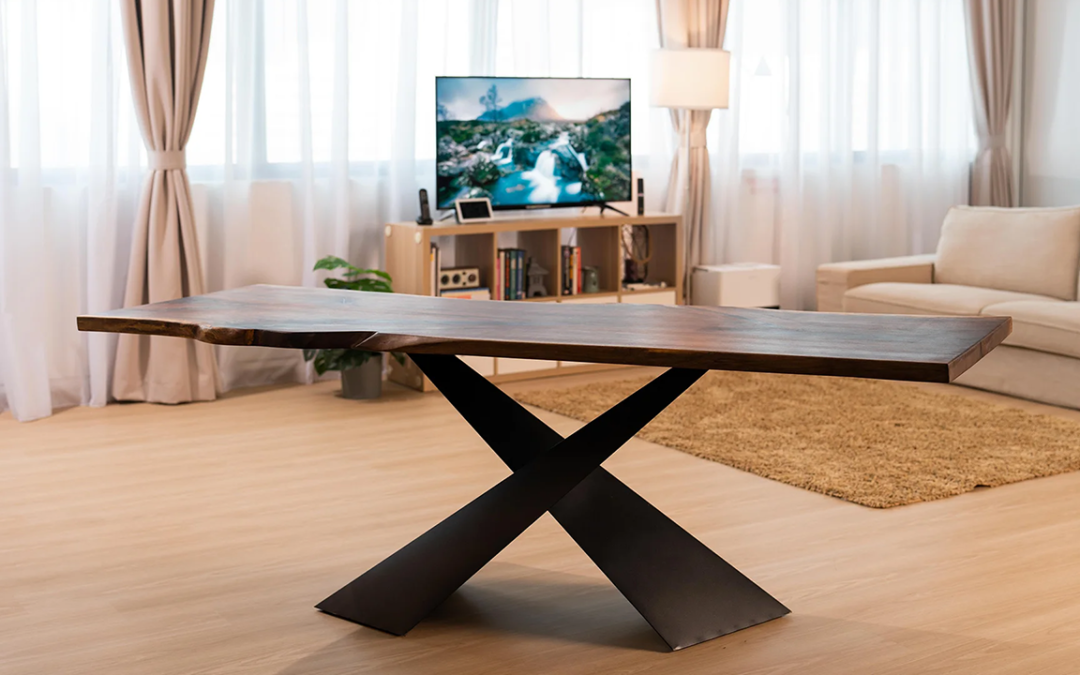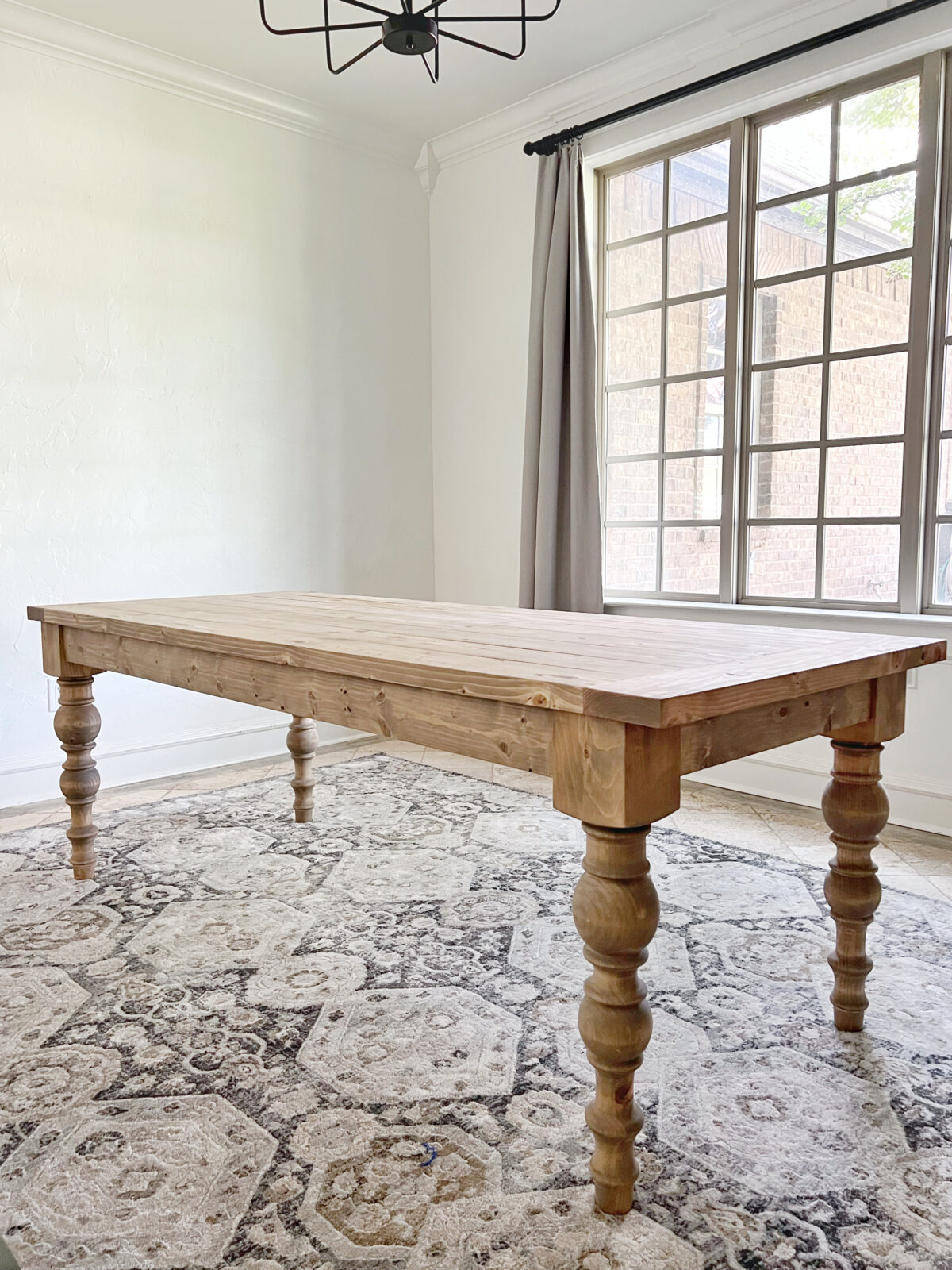An In-depth Take A Look At Dining Table Leg Styles: Finding the Perfect Match
Choosing the appropriate dining table leg style is essential for both aesthetic allure and sensible capability. For those with bigger tables, trestle legs make certain durable support, whereas barrette legs introduce a mid-century modern vibe with their minimal layout. The x-shaped legs mix modern design with improved stability.
Conventional Four Legs
Amongst the numerous kinds of dining table leg styles, the standard four-leg layout stays a timeless selection for lots of homes. 4 legs provide balanced assistance, making certain the table remains steady and capable of bearing considerable weight (dining room table legs).
From a visual point of view, the typical four-leg style can be easily adapted to numerous interior designs. Whether crafted from wood, metal, or a combination of materials, these legs can be intricately sculpted, sleek and minimalistic, or anything in between. Their convenience allows them to complement both rustic and modern setups seamlessly.
Moreover, the simple framework of the four-leg layout assists in convenience of motion and placement within a space. Unlike even more complex bases, this design decreases blockages, giving sufficient legroom for diners. In recap, the typical four-leg table leg style weds enduring elegance with functional performance, making it an astute option for those seeking both kind and function in their eating furnishings.
Stand Base
Often celebrated for its sophisticated and space-efficient style, the pedestal base is a prominent alternative to the standard four-leg arrangement in eating table leg designs. This distinctive base typically features a solitary main column sustaining the tabletop, which can vary in type, from ornately sculpted wood to smooth, contemporary metal. Among the primary advantages of the pedestal base is its ability to make the most of legroom and seating versatility. Without corner legs, diners are afforded greater liberty of activity, making it a perfect choice for round and oblong tables that advertise more intimate and inclusive gatherings.
The central column itself provides a canvas for complex styles and artistic expressions, adding an aspect of visual passion below the table. In summary, the pedestal base incorporates performance with style, making it an improved and functional alternative for diverse eating atmospheres.
Trestle Legs
Trestle legs provide a durable and classic structure for dining tables, characterized by their horizontal cross-bracing and strong support beam of lights. Originating from middle ages times, this design has evolved yet preserved its necessary structure, making it a seasonal fave in both conventional and contemporary settings. The central trestle beam of light, typically sustained by 2 or more vertical articles, uses phenomenal stability, enabling for bigger table lengths without the demand for added legs.
A significant advantage of trestle leg tables is the sufficient legroom they supply. Unlike tables with 4 edge legs, the absence of blockages at the table's edges offers unblocked space for chairs and diners, improving comfort and availability. This makes trestle tables suitable for fitting bigger celebrations, whether in an eating space or a reception hall.
The aesthetic flexibility of trestle legs is notable. Offered in a variety of products such as timber, metal, and composite, they can be completed to complement a wide variety of interior designs. visit homepage From rustic farmhouse to sleek modern styles, trestle legs can be tailored to match private tastes. Their enduring charm and practical advantages make trestle legs an engaging option for those seeking both style and usefulness in their dining table.
Barrette Legs

The appeal of barrette legs hinges on their simpleness and convenience - dining room internet table legs. Available in a variety of products, consisting of steel and brass, they can be ended up in various shades to match different indoor styles. Whether matched with a rustic wooden table top or a contemporary glass surface area, hairpin legs effortlessly mix performance with a touch of vintage charm
Toughness is another noteworthy feature of hairpin legs. Despite their delicate look, these legs are crafted to birth significant weight, ensuring moved here the dining table stays steady and protected. Additionally, they are relatively easy to set up, making them a popular option for do it yourself enthusiasts and specialist furnishings makers alike.
X-Shaped Legs

Built from materials such as steel, wood, or a combination of both, X-shaped legs can be customized to match various style choices. Steel legs often offer a sleek and commercial feel, suitable for loft-style homes and modern-day dining areas. On the other hand, wooden X-shaped legs use a warmer, extra rustic charm, suitable for farmhouse or eclectic interiors. The convenience in materials enables house owners to customize their table to better fit their general design plan.
Moreover, the design behind X-shaped legs makes sure also weight circulation, reducing the threat of wobbling and boosting toughness. This makes them particularly well-suited for larger eating tables that require additional support. In significance, X-shaped legs blend practical engineering with modern-day looks, making them an ageless option for diverse eating settings.
Conclusion
A comprehensive understanding of dining table leg styles discloses the distinct characteristics and advantages of each layout. Standard four legs provide stability and classic charm, while stand bases supply legroom and a streamlined appearance. Trestle legs make sure robust support for bigger tables, and barrette legs present a mid-century contemporary visual. X-shaped legs combine contemporary design with enhanced stability. Selecting the ideal leg style makes certain both functional and visual fulfillment in any type of eating room.